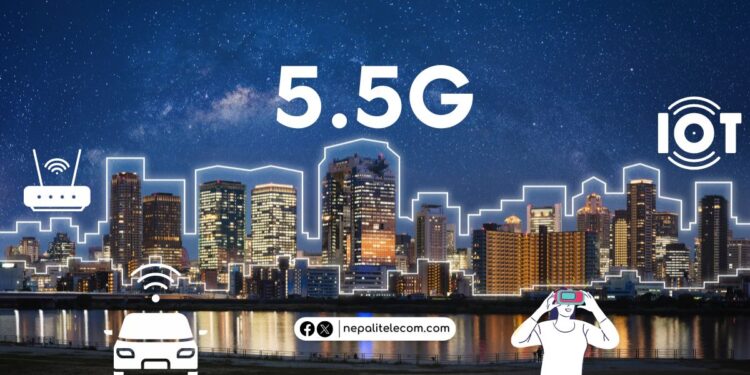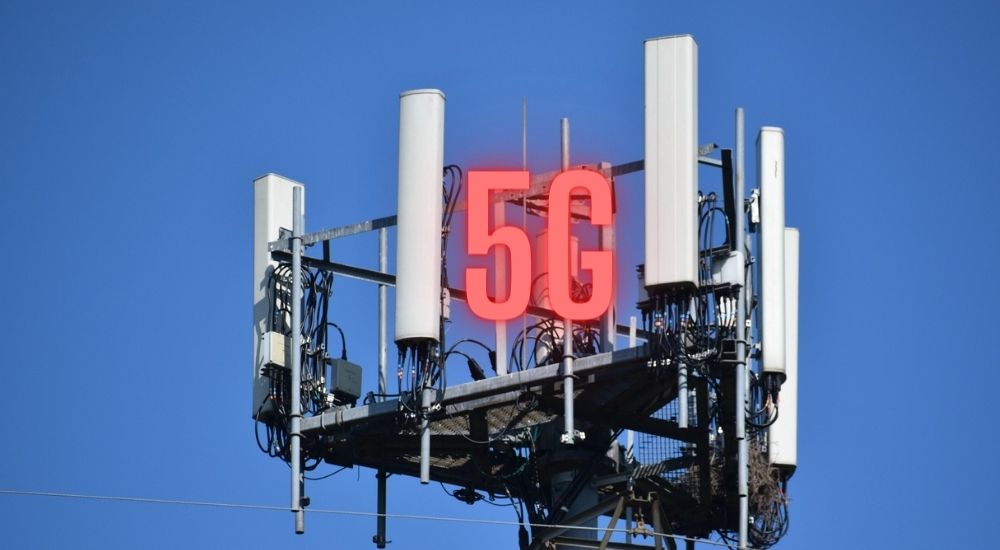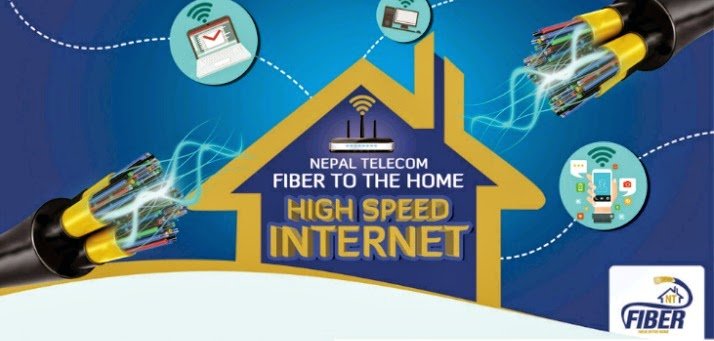The 5.5G network also called 5G-Advanced or 5GA is the latest evolution into the 5G cellular communication which brings improved data speed and network strength. The advanced wireless technology is expected to fulfill the initial promises of the 5G standard and lead the way to 6G. Here’s what you need to know about 5.5G, its features, 5G vs 5.5G, and all the developments.
To start with, 5.5G is still in the early phase and its real potential is yet to be realized. However, being the better version of the current 5G network, global gear vendors and industry experts believe that it will mark a revolutionary phase in telecommunication. In 2021, the 3rd Generation Partnership Project (3GPP) called 5G-Advanced as the next phase of 5G.
In essence, the network will improve speed, latency, reliability, and applications than before. It’s likely to prop up the connectivity for smart cities, artificial intelligence (AI), the Internet of Things (IoT), automated industries, Augmented Reality (AR)/Virtual Reality (VR), etc.
What is the 5.5G network?
The 5.5G mobile network is the upgraded version of the 5G network which brings greater speed and latency improvement. Though early in its development phase, the network is seen as the truest bridge between 5G and 6G.

5.5G brings up to 10 Gbps of download speed, lower than 5 ms latency, and better network strength. In terms of coverage too, 5.5G can better optimize cell towers and cell density to ensure better network performance. In essence, 5GA is here to transform wireless communication with greater data rate, coverage, signal strength, and use cases.
5.5G delivers more steel and spine for the evolving needs of modern-day technology and applications.
5G vs 5.5G
The most worthy and immediate differences between 5.5G and 5G are in their speed and latency. As per the GlobalData report, 5.5G offers up to 10 Gbps of download and 1 Gbps of upload speed. The speed translates to a significant boost in 5G’s up to 6 Gbps of often-claimed download speed.
Likewise, 5.5G offers lower latency than 5G’s latency of 5 ms. Latency is the speed data travels from client devices to servers. The lower the “ms”, the faster the server response. These characteristics deliver faster and more seamless data speed and user experience than felt on 5G.
Also recommended: WiFi 7 features Explained
5.5G speed
5.5G can clock up to 10 Gbps download and 1 Gbps upload speeds which is higher than 5G’s 6 Gbps speed. If you observe, 5G-Advanced is similar in theory to 4G-Advanced (LTE-A). They improve performance over their original standards.

With an Advanced network, the speed is better as well as latency, and reliability. For the unaware, 4G Advanced utilizes innovative technologies such as Carrier Aggregation (CA) to boost data speed.
5.5G key features
As already mentioned, 5.5G comes as an improvement upon the current 5G standard. So, 5GA boasts several key features such as faster data speed, Uplink Centric Broadband Communication (UCBC), Real-Time Broadband Communication (RTBC), and Harmonized Communication and Sensing (HCS).
Also, it improves upon 5G’s features such as Ultra-Reliable Low-Latency Communications (URLLC), massive Machine Type Communications (mMTC), etc. The technology ensures more efficiency in latency and promises a more reliable network than ever.
Use cases
5.5G unlocks multiple real-world applications such as 8k video consumption, smart home automation, ultra-DH video streaming, AR/VR, 3D experiences, and Holographics. Virtual reality (Metaverse), smart stadiums, smart transportation, etc. will get an even greater push with the blistering network performance that 5.5G promises.

Huawei to make 5.5G commercial in 2024
Huawei has taken a frontrunner approach in developing the scenario for 5.5G by developing the world’s first 5.5G Intelligent Core Network. The Chinese tech giant also sees the innovation going commercial in 2024.
During the Mobile World Congress 2024, Huawei’s Li Peng said, “5G is on the right path to business success. As 5.5G enters commercial use in 2024 and converges with AI and cloud, carriers can unlock the potential for new applications and capabilities.”

Huawei also seeks to ensure that all the 5G compatible devices also support 5G-Advanced. As we advance, the tech leader wants to develop 5.5G in six areas in particular- Spectrum reconstruction, Increase uplink, Complete IoT scenario, Synesthesia, Independent driving network L4, and Green and low carbon technology.
To add, Huawei says that it wants to make sure that the 5G’s upgraded standard works in all frequency bands under 100 GHz to realize its potential.
Don’t miss: 5G users to reach 5 billion in 2028, 1 billion in 2022: Ericsson
3GPP Release 18 for 5.5G standardization
Back in December 2021, 3GPP issued Release 18 which officially started the standardization of 5.5G. The release mentions XRM, New Calling, and enhanced MEC aimed at bettering network performance. The Release 18 works towards making a foundation for the 5G-Advanced commercialization.
The 3GPP Release 18 will be issued in the first half of 2024. Release 19 is already in the works which will further pave the way for the 5.5G commercial utilization.
5.5G Compatible smartphones
Being in its early phase, not many devices support 5.5G networks. As of now, Find X7 and Find X7 Ultra phones are known to support 5.5G connectivity.
Given that both these devices run on Qualcomm Snapdragon 8 Gen 3 chipset, devices running on the same processor may also have the capacity to connect to 5G-Advanced. In the near future, OEMs such as Xiaomi, vivo, and realme may also bring devices that support the 5GA network.

But what we know for sure is that just like 5G, the ecosystem will continue to grow for 5.5G before it gets mainstream.
Going forward
Currently, 5G remains popular as the next-generation mobile network and global gear vendors and states are upgrading to it from 4G LTE networks. But as technology continues to evolve, 5GA will take prominence with the need for faster data, latency, and new applications.
As Huawei makes 2024 a milestone year for 5.5G commercialization, the ecosystem will grow further as global gear makers, operators, and smartphone OEMs join hands to cooperate.
5G network is not available yet in Nepal. However, its demand is known to increase in recent years, which shall be for eMBB and FWA. Check out: 5G network in Nepal | Spectrum, Trial, Availability
Do you think the world needs 5.5G as 6G is claimed to be commercial by 2030 or even by 2028? How do you see cellular technologies seeing drastic research and development instead of a calm and resolute evolution? Drop your opinion in our comment section below.












